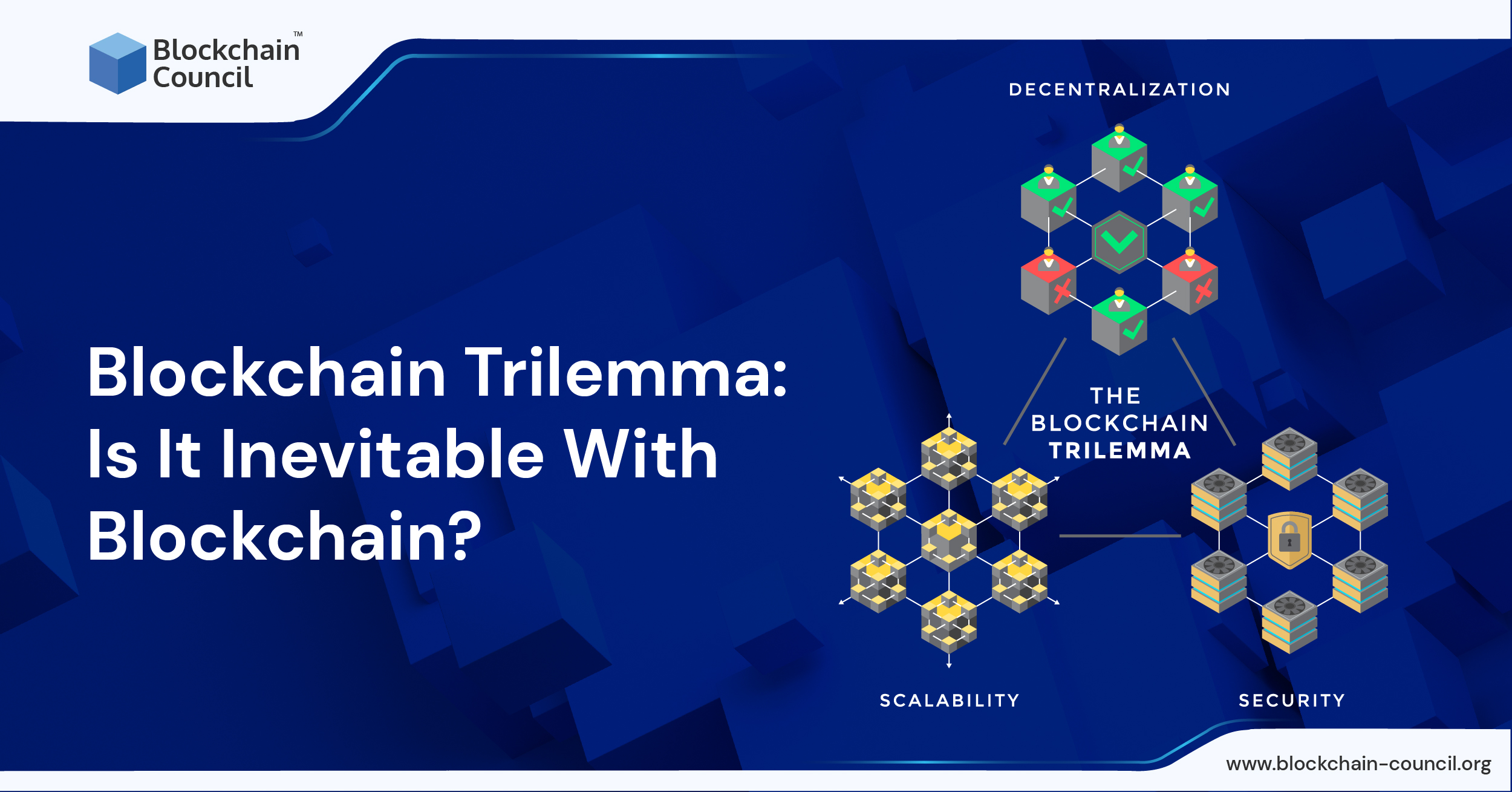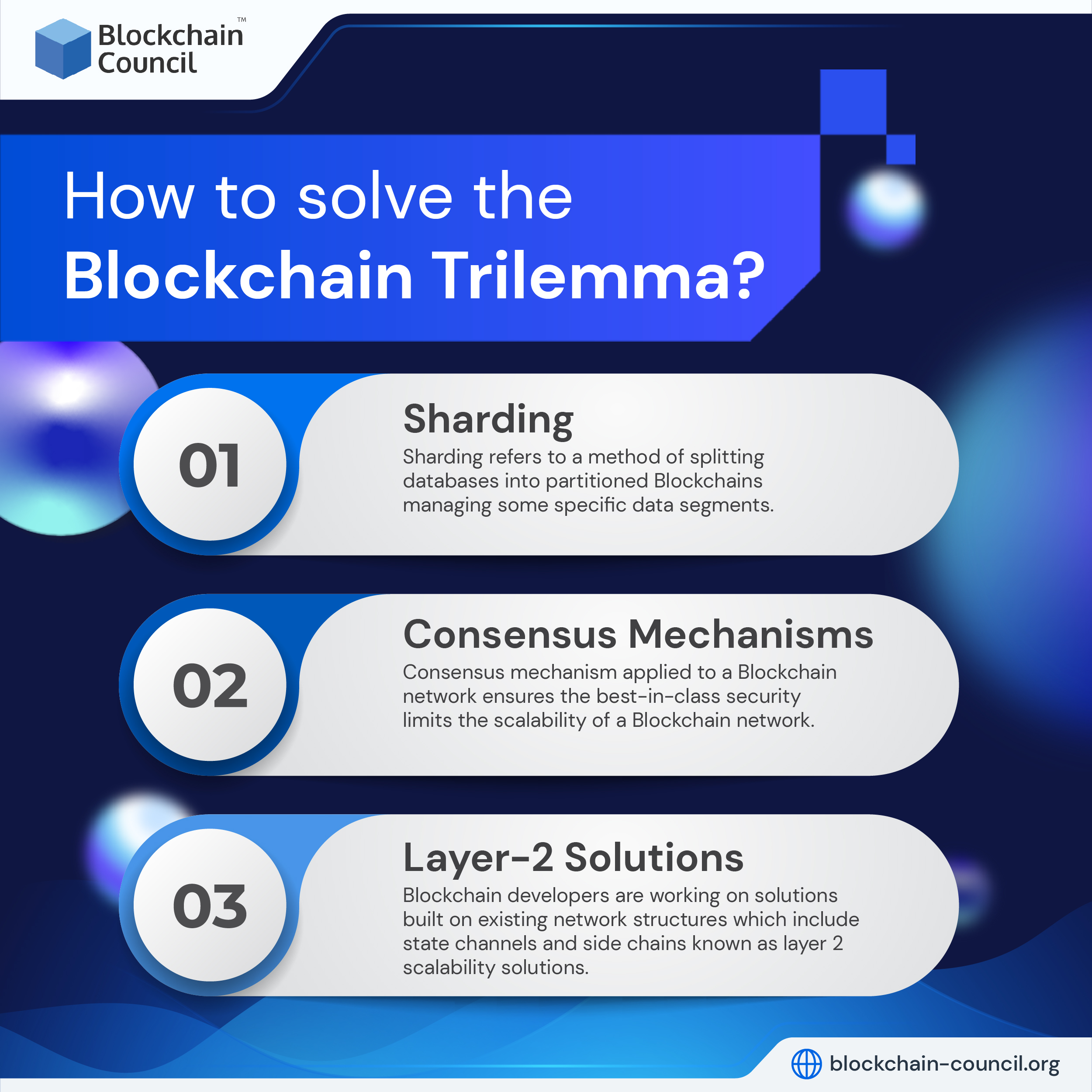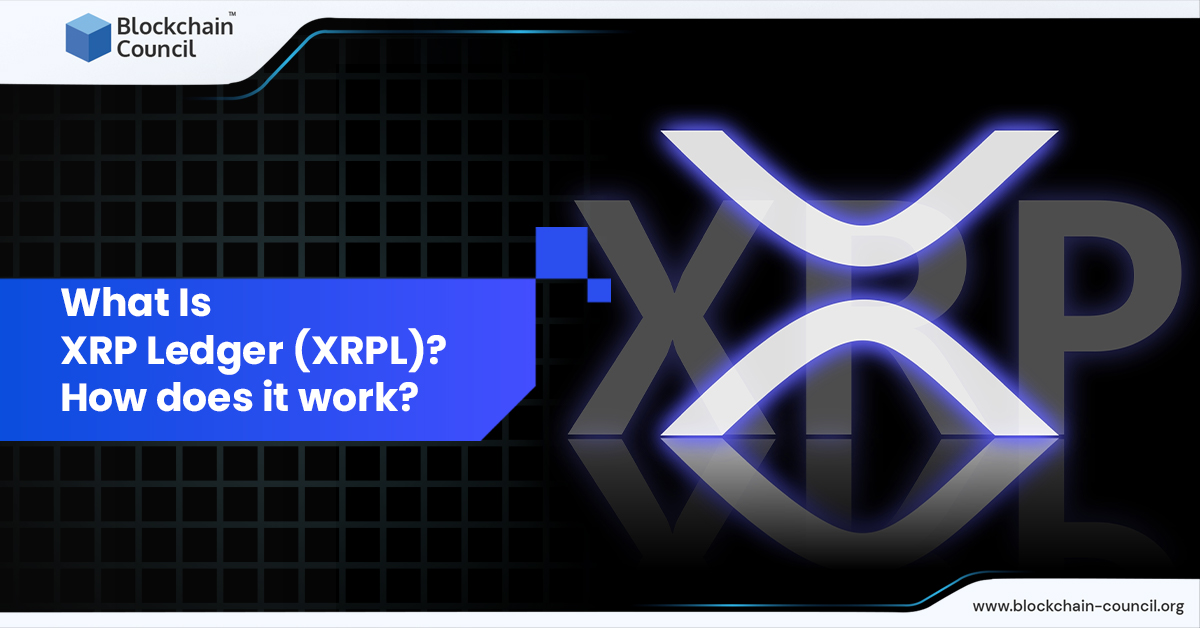
- Anshika Bhalla
- December 26, 2022
Blockchains could handle limited transactions in one second. For example, the Bitcoin network can process approximately 7 transactions per second. The world is looking forward to adopting Blockchain technology in mainstream applications, and this transaction limit hinders global adoption as it should be much more capable. For instance, if Blockchain technology is adopted globally, it should allow more people to access the network without slowing down. However, decentralized networks are fundamentally designed so that the scalability of a network tends to weaken the security or decentralization of the network. This is known as the Blockchain Trilemma, and developers worldwide are experimenting by applying different scalability solutions and consensus mechanisms, including sharding and state channels.
Introduction
Blockchain is a distributed digital database comprising data blocks organized in chronological order. These data blocks are secured by cryptographic proofs and linked together. Blockchain technology is implemented across several industries to transform conventional data management and storage solutions with better security. The basic idea of secure and decentralized blockchains is to create an infrastructure that does not rely on intermediaries for third parties to function properly. Regarding globally adopting Blockchain technology, experts believe it is impossible to create a Blockchain network that offers all three elements: security, decentralization, and scalability. This term was coined and popularized by Ethereum co-founder Vitalik Buterin. This article will shed light on some of the best solutions created by Blockchain developers worldwide to solve this Blockchain trilemma and create a Blockchain network that offers optimum security, scalability, and decentralization in the architecture.
What is organization decentralization?
Blockchain networks like Bitcoin are designed in a decentralized nature such that there is no central authority, organization, or body in charge of network functioning. The network layer is available for anyone who wants to participate in the Blockchain. Thus the control of the network is fully distributed among participants rather than a single entity. Everyone on the Blockchain has access to the data on the chain, and if anyone tries to change the functioning or records to cheat, the participants have the vote to reject the data found at fault. Let’s take the example of the Bitcoin network to avoid technicalities in understanding decentralized architecture. No third party controls the Bitcoin network, unlike the traditional financial system in conventional banks. The third-party controls record to ensure that data is managed correctly and that transactional parties keep their transaction records safe.
On the other hand, the Bitcoin Blockchain allows everyone on the chain to access the data and cross-check transactional records before these records are added to the digital database. This way, Blockchain technology creates a system without intermediaries to control the network and enforce trust between participants. However, transaction time increases in Blockchain networks as all the participants on the chain do data validation, and sometimes it can be slow due to how data is processed and shared on the Blockchain. Let’s try to understand how Blockchain offers best-in-class security and why Blockchain security is at risk if we scale the network.
How does Blockchain offer best-in-class security?
Regarding security, it doesn’t matter if a Blockchain is decentralized; if it does not offer good security. A Blockchain network is considered a good network if it is resistant to malicious entities and attacks on data that is available on the chain. Unlike the centralized system that derives its system security by closing the system and restricting the data access to central authority only, a Blockchain network provides access to everyone on the chain. Blockchain developers’ biggest challenge is creating a decentralized system with optimum security when everyone on the chain participates in decision-making. Let’s go back to the Bitcoin Blockchain example to understand how Blockchain offers best-in-class security with decentralized systems. The Bitcoin Blockchain functions on a combination of cryptography and consensus mechanism known as proof of work. If we talk about the technicalities of cryptography, each data block has its unique digital signature known as a hash. These data blocks are connected, so if a participant tries to tamper with them, it alters a block’s digital signature. The rest of the participants on the network would quickly identify the change. The proof of work consensus mechanism helps in securing the cryptocurrency ledger.
If you are wondering what a consensus mechanism is, look for our Blockchain Expert Certification, which offers a technical and in-depth understanding of Blockchain fundamentals.
You must note that a network becomes more secure by increasing the number of participants on the network and distributing the power among them. The greater the number of participants, the tougher it becomes for a participant to take control of the functioning. This brings us to the 51% attack. It refers to a condition where a single entity or a group of participants have control of more than 50% of the chain’s total network hashing rate, they will be able to take control from the consensus mechanism, and it is known as overriding consensus to take benefits like double spending of tokens. Summing up, we can say that security remains the fundamental requirement of a successful Blockchain, as it would be useless if anybody on the chain could change the chain data to take benefit.
Introduction to Scalability
Scalability can be defined as the goal of building a Blockchain network that can support numerous transactions per second. Scalability is a fundamental requirement for Blockchain technology to serve society and billions of users worldwide. However, this is the part where many Blockchains are struggling. While developing a Blockchain network, developers have security and decentralization as the fundamental requirements and neglect scalability to achieve optimum security and decentralization. If we compare Blockchain networks to conventional financial architecture, the leading Blockchain, Ethereum, is limited to processing 15 transactions per second due to decentralized architecture. At the same time, leading centralized payment systems like Visa can process up to 24000 transactions per second. The difference is huge, and it is a must for Blockchain technology and Blockchain developers to overcome this Blockchain trilemma and achieve better processing abilities.
Learn blockchain technology with the course designed and curated by subject matter experts at Blockchain Council. Register for the Certified Blockchain Expert course with a lifetime valid certification.
How to solve the Blockchain Trilemma?
Blockchain developers are working rigorously to solve the Blockchain trilemma by applying different consensus mechanisms to the Blockchain network. The community has seen several approaches taken by Blockchain developers producing interesting results. Let’s look at some of the most popular techniques used by Blockchain developers to deal with Blockchain trilemma.
Sharding
Sharding refers to a method of splitting databases into partitioned Blockchains managing some specific data segments. It reduces the stress on a single Blockchain dealing with all the interactions and transactions happening on a network. These partitioned Blockchains are known as Shards. These shards possess individual ledgers to record the transactions and interactions happening on the network. Smaller partitioned Blockchains or shards can process their transactions, but they are managed by the main Blockchain, also known as a Beacon Blockchain. It is also known as a Layer-1 network scalability solution that doesn’t solve the problem completely but gives a breakthrough to Blockchain developers working to solve the Blockchain trilemma.
Different Consensus Mechanism
Consensus mechanisms are the reasons the Blockchain trial exists in the first place. The proof of work consensus mechanism applied to a Blockchain network to ensure the best-in-class security limits the scalability of a blockchain network. Crypto algorithms, the need for miners, and largely decentralized computing power collectively produce a secure decentralized system with slow processing speed. Blockchain developers developed a secure consensus to solve the Blockchain trilemma. This new consensus mechanism is known as the proof of stake, and Ethereum is the first Blockchain to shift from proof of work to proof of stake consensus mechanism. PoS does not solve the Blockchain trilemma completely. Still, it is one of many approaches Blockchain developers take to change the consensus mechanism by keeping the system’s scalability in mind.
Layer-2 Solutions
Different consensus mechanisms and sharding are layer-1 scalability solutions of Blockchain technology. Both try to change the fundamental Blockchain design to reach better scalability goals. However, some Blockchain developers are working on solutions built on existing network structures. These solutions include state channels and side chains known as layer 2 scalability solutions. A side chain can be defined as a separate chain connected to the main Blockchain and set up so that it does not create hurdles in the free flow of assets between the two Blockchains. A side chain can function with different rules designed to function according to the requirement. It can work with rules designed for better processing speed and scalability. State channel is also similar to easing pressure by taking off transactions from the main chain. It uses a smart contract rather than creating a separate Blockchain to allow users to transact and interact with each other without publishing the interaction and transaction on the chain.
Conclusion
Blockchain technology is still in the initial stage of development, and several aspects need to be addressed before its global adoption as a mainstream technology. However, the demands for Blockchain developers have increased exponentially in the past few years, and it is expected to skyrocket in the coming time. If you are looking for the best Blockchain certification to upskill yourself, Blockchain Council offers the best-in-class Blockchain courses that provide an in-depth understanding of Blockchain technology concepts.





































































 Guides
Guides News
News Blockchain
Blockchain Cryptocurrency
& Digital Assets
Cryptocurrency
& Digital Assets Web3
Web3 Metaverse & NFTs
Metaverse & NFTs
